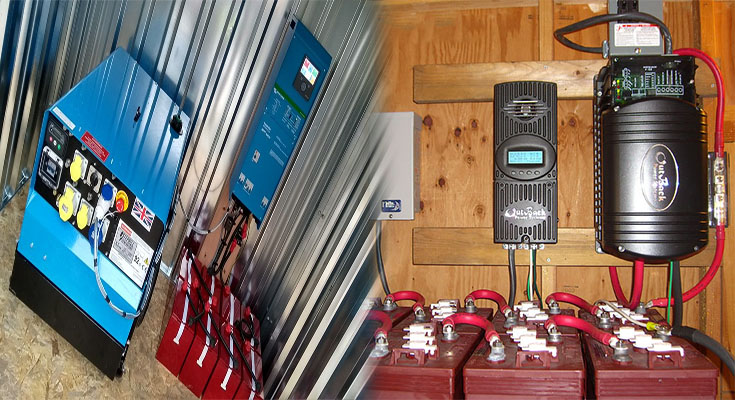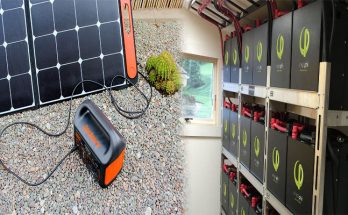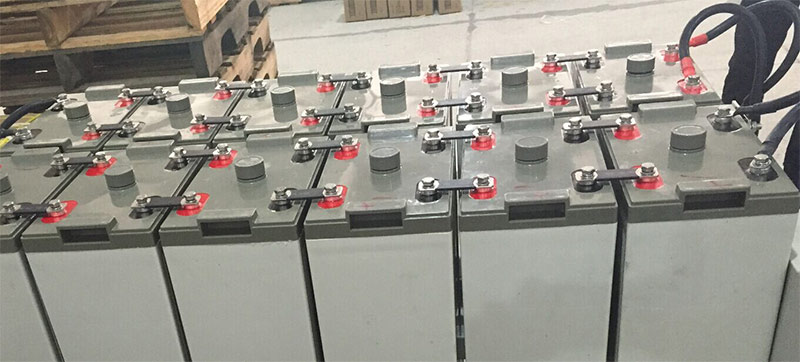When choosing an off-grid solar battery bank, there are several important things to keep in mind. The right charge controller is key, as is choosing the right size. You should also consider how you will install your new battery bank and its maintenance needs. These tips will help you choose the right battery bank and keep it in good condition for years to come.
Maintaining your off-grid solar battery bank
Regular maintenance is essential to maximize the performance and life of your off- grid solar battery bank. The following tips will help you keep your batteries in good condition. First of all, you should regularly water your batteries. It is also important to keep the battery terminals clean and corrosion-free.
Second, you should rotate your batteries to avoid damage. Damaged batteries will not recharge as quickly as new ones and will eventually fail. It is also important to avoid mixing new and old batteries as this will speed up their deterioration.
Performing maintenance once a month will save you a great deal of money in the long run.
Choosing the right charge controller
When choosing the appropriate charge controller for an off-grid solar batteries bank, there are a few important things to consider. Firstly, the maximum voltage that the solar array is capable of producing is crucial. This value is usually found on the panel’s label. It may be written as Pmax or Wp and will help you determine the right amp rating for the controller. Once you have this information, you can choose the correct controller for your system.
In addition, it is important to ensure that the solar charge controller is mounted close to the battery. When installed too far away from the battery, the controller can cause problems when the battery voltage drops.
Calculating the size of your battery bank
If you’re installing an off-grid solar system, the first step is to determine the capacity of your battery bank. This capacity is measured in amp-hours. If you don’t have enough capacity, you may find that charging your battery bank is difficult and you won’t be able to run your intended loads for a long time.
You can find this information on your electric bill. It will give you a rough idea of how much power your home consumes on a daily basis. You can then divide that figure by 30 to get your daily output. That number is equal to one watt of power for one hour.
Installing your battery bank
When installing your off-grid solar battery bank, there are several things you need to do. First, you need to know the voltage you’ll need to power all the things you want to run off of your new battery bank. This voltage will vary depending on the model of the solar modules you choose. In general, you should use 24V, but for larger off-grid houses, you’ll want to use 48V.
Aside from solar panels, you will also need a charge controller and inverter. These are the heart of your off-grid solar system. Charge controllers are needed to control the rate of electric current going to your batteries. Charge controllers come in a variety of prices and power ratings. One great brand is Victron.




